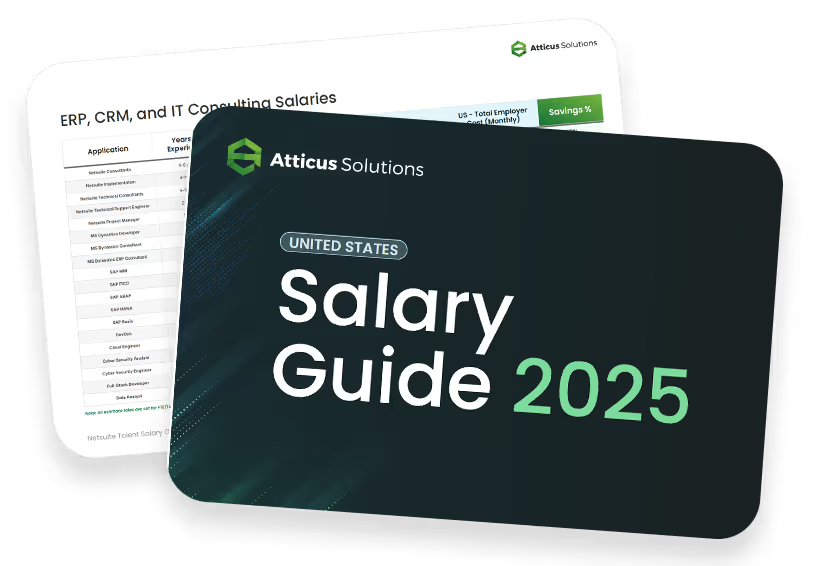The Rise of Gen Z in the Workforce: What Companies Can Expect

As Generation Z steps up to the professional plate, what we are witnessing is a great shift in the workforce.
They will be working alongside Baby Boomers, Gen Xers, and Millennials, each with their own unique perspectives and experiences.
This diversity can be a strength, but it can also present challenges as they navigate new workplace dynamics.
One of Gen Z’s defining characteristics is its relationship with technology.
They are the first generation to grow up entirely in the digital age, and as a result, they bring a unique set of skills and perspectives to the workplace.
However, this can also create tension with older generations, who may not be as comfortable with technology or may view it as a distraction from more traditional forms of work.
Despite these challenges, there are also many opportunities for Gen Z to make a positive impact in the workforce.
Their generation is known for being socially conscious and focused on making a difference in the world.
This can translate into a desire to work for companies that align with their values or pursue careers in sustainability or social justice.
With the right mindset and approach, Gen Zers can use their skills and passions to build a fulfilling and successful career.
Evolving Workforce Dynamics
The entry of Gen Z into the workforce is changing the dynamics of the workplace.
Organizations must adapt to these changes by embracing diversity and inclusion, offering flexible work arrangements, and investing in technology and innovation.
By doing so, they can attract and retain top talent and stay competitive in the rapidly evolving world of work.
Generational Shifts in the Workplace
This generation has grown up in a digital world, and they have different expectations and values than previous generations.
For example, they prioritize work-life balance, flexible work arrangements, and a sense of purpose in their work. They are also more diverse and inclusive, valuing authenticity and transparency.
Organizations must adapt their policies, practices, and culture to accommodate these changes to attract and retain Gen Z talent.
This includes offering more flexible work arrangements, providing opportunities for growth and development, and creating a sense of community and belonging in the workplace.
The Impact of Technology on Employment
Technology is changing the nature of work, and it is having a significant impact on employment.
Gen Zers are entering the workforce with an unprecedented level of technology skills, and they are comfortable with personal technology, such as smartphones and social media. They are also eager to learn new skills and stay up-to-date with the latest innovations.
To thrive in this digital world, organizations must embrace technology and innovation.
This means investing in digital infrastructure, providing training and development opportunities, and creating a continuous learning and improvement culture.
It also means leveraging technology to create new products, services, and business models that meet the changing needs of customers and the marketplace.
Cultural and Social Influences
As Gen Z enters the workforce, embracing their cultural and social influences is crucial for companies to attract and retain Gen Z talent.
In this section, we will explore two major cultural and social influences that shape Gen Z's worldview: the influence of social platforms and diversity and inclusivity initiatives.
Influence of Social Platforms
Gen Z grew up in the era of social media, which has shaped their communication and interaction styles.
Social media platforms such as Instagram, Snapchat, and TikTok have given Gen Z a voice and a platform to express their opinions and values.
They are more likely to communicate through these platforms than through traditional means such as email or phone calls.
According to a Stanford Report, Gen Z is "digital natives" who use technology to connect and communicate.
As a result, companies need to adapt their communication strategies to accommodate Gen Z's preferences.
This means incorporating social media platforms into their communication channels and encouraging open communication through these platforms.
Diversity and Inclusivity Initiatives
Gen Z is the most diverse generation in history, and they expect diversity and inclusivity in the workplace.
A Harvard Business Review article states, "Gen Z is the most racially and ethnically diverse generation in U.S. history. This generation has also been influenced by, and is influential in, the macro culture of inclusivity and diversity."
Companies that prioritize diversity and inclusivity initiatives will attract and retain Gen Z talent.
These initiatives should go beyond simply hiring diverse candidates and should include creating a culture of inclusivity and trust.
Gen Z values authenticity and transparency, and they want to work for companies that align with their core values.
Wellness and Work Environment
As Gen Z enters the workforce, they are bringing with them a new approach to work and career that emphasizes wellness and work-life balance.
To attract and retain top talent from this generation, companies need to create supportive workspaces that prioritize employee well-being.
Creating Supportive Workspaces
One way to create a supportive workspace is by providing access to mental health resources.
This can include offering an Employee Assistance Program (EAP) that provides confidential counseling services and mental health and wellness resources.
By prioritizing mental health, companies can help reduce stress and improve overall employee well-being.
Another important aspect of a supportive workspace is physical health. Providing ergonomic workstations, healthy food options, and access to fitness facilities can help employees stay healthy and productive.
Additionally, offering flexible work arrangements such as remote work or flexible schedules can help employees achieve a better work-life balance and reduce job-related stress.
Leadership and Employee Development
Creating a supportive work environment also involves leadership and employee development.
Companies should invest in leadership development programs that allow employees to develop their skills and advance their careers.
This can foster a sense of loyalty and engagement among employees, leading to higher levels of job satisfaction and retention.
Offering autonomy and job security can also create a supportive work environment.
Providing employees with the freedom to make decisions and take ownership of their work can increase job satisfaction and engagement.
Additionally, offering job security through clear communication and transparency about the company's financial health can help reduce job-related stress and anxiety.
Conclusion
As Gen Z enters the workforce, bringing their unique perspectives and skills, companies must adapt to their expectations for technology integration, work-life balance, and inclusivity.
Embracing these changes will help attract and retain this dynamic generation, fostering a productive and engaged workforce.
Businesses can stay competitive and thrive by investing in supportive work environments, leadership development, and innovative practices.
To ensure your compensation strategies match what Gen Z values, download Atticus Solution's salary guide.
This resource provides a detailed look into competitive pay structures, helping you keep and attract top talent.
Get your copy now and start building a more motivated and loyal workforce.
Frequently Asked Questions

Compare NetSuite ERP talent salaries
Attracting top NetSuite talent with clear job descriptions is the first step. Understanding salaries is your next key move! Download this free salary guide to view talent costs, offshore hiring tips, and more
View More Blogs

The Impact of NetSuite on Supply Chain Management

Overcoming Common Challenges in NetSuite ERP Implementation
Learn how to scale your business

What is Your Strategy for Finding Rare Skill Sets like NetSuite Accountants?
Join our talented team. We are a small, passionate team with a commitment to hiring the best.



